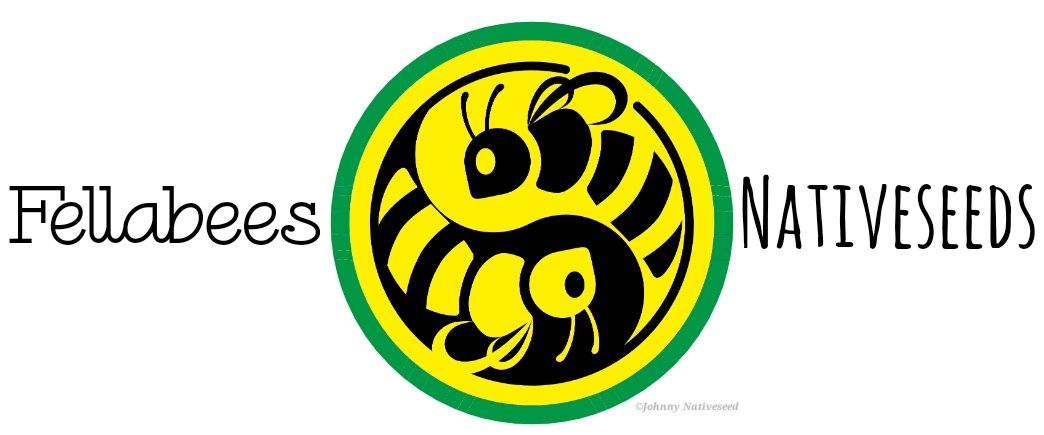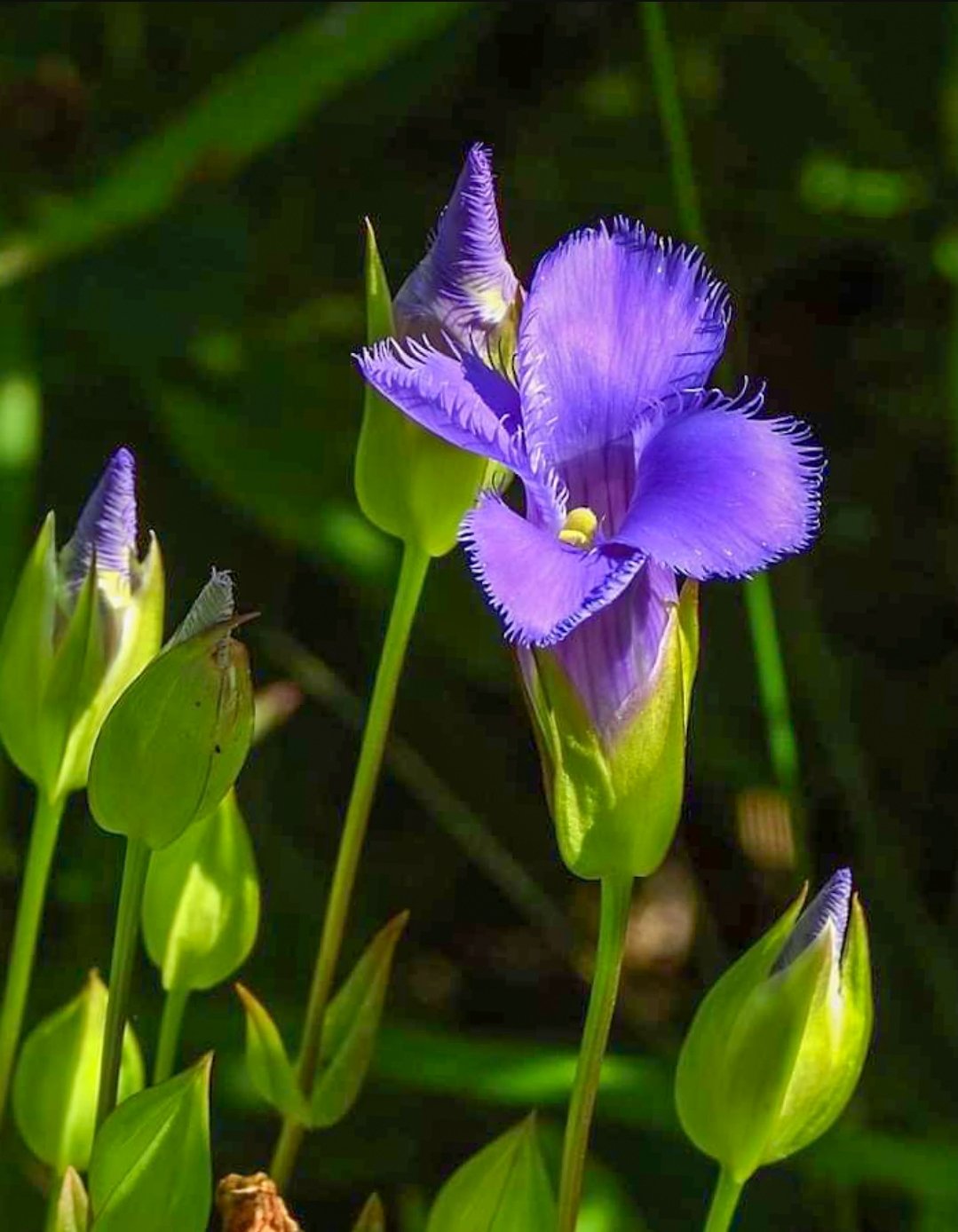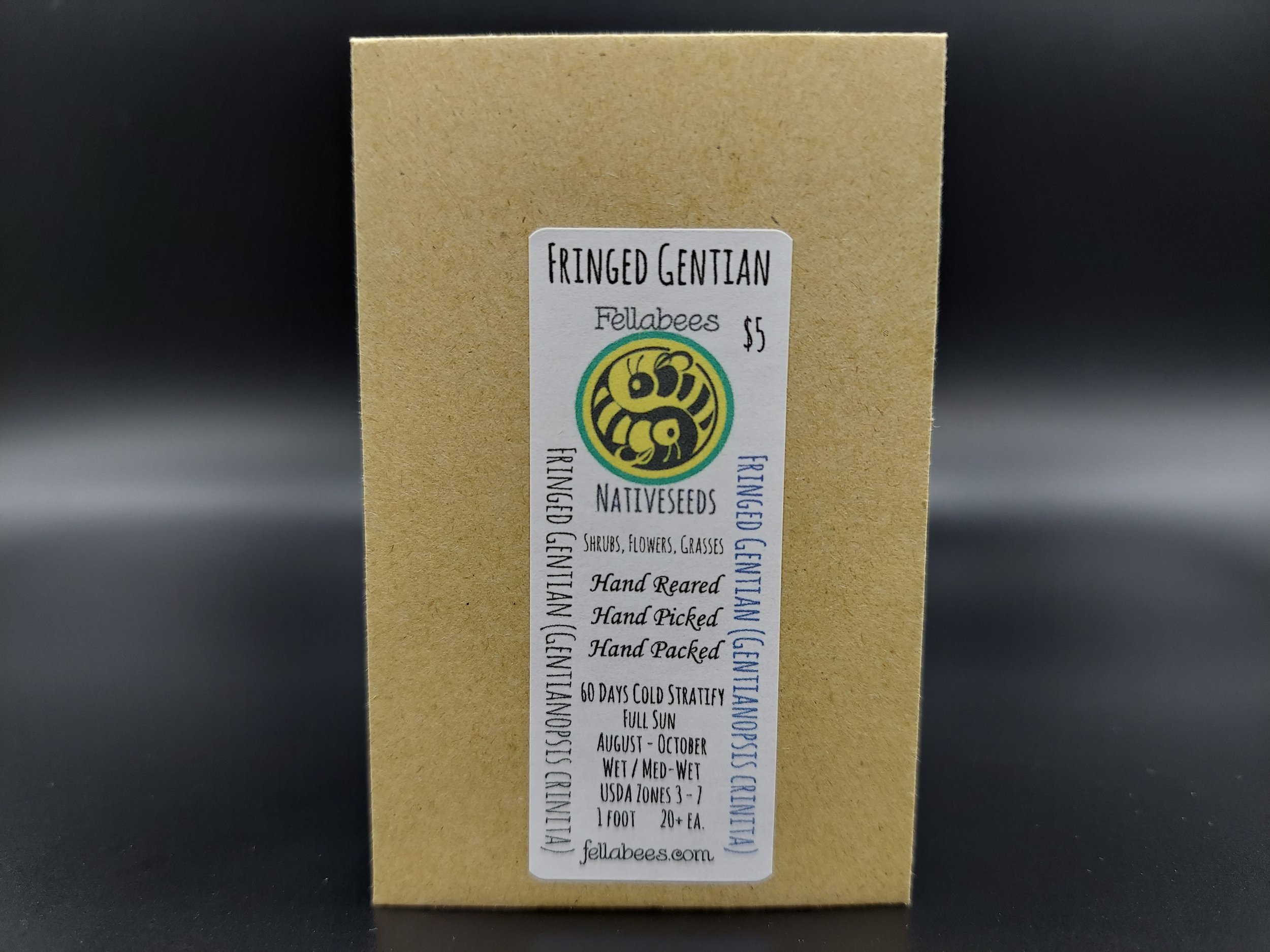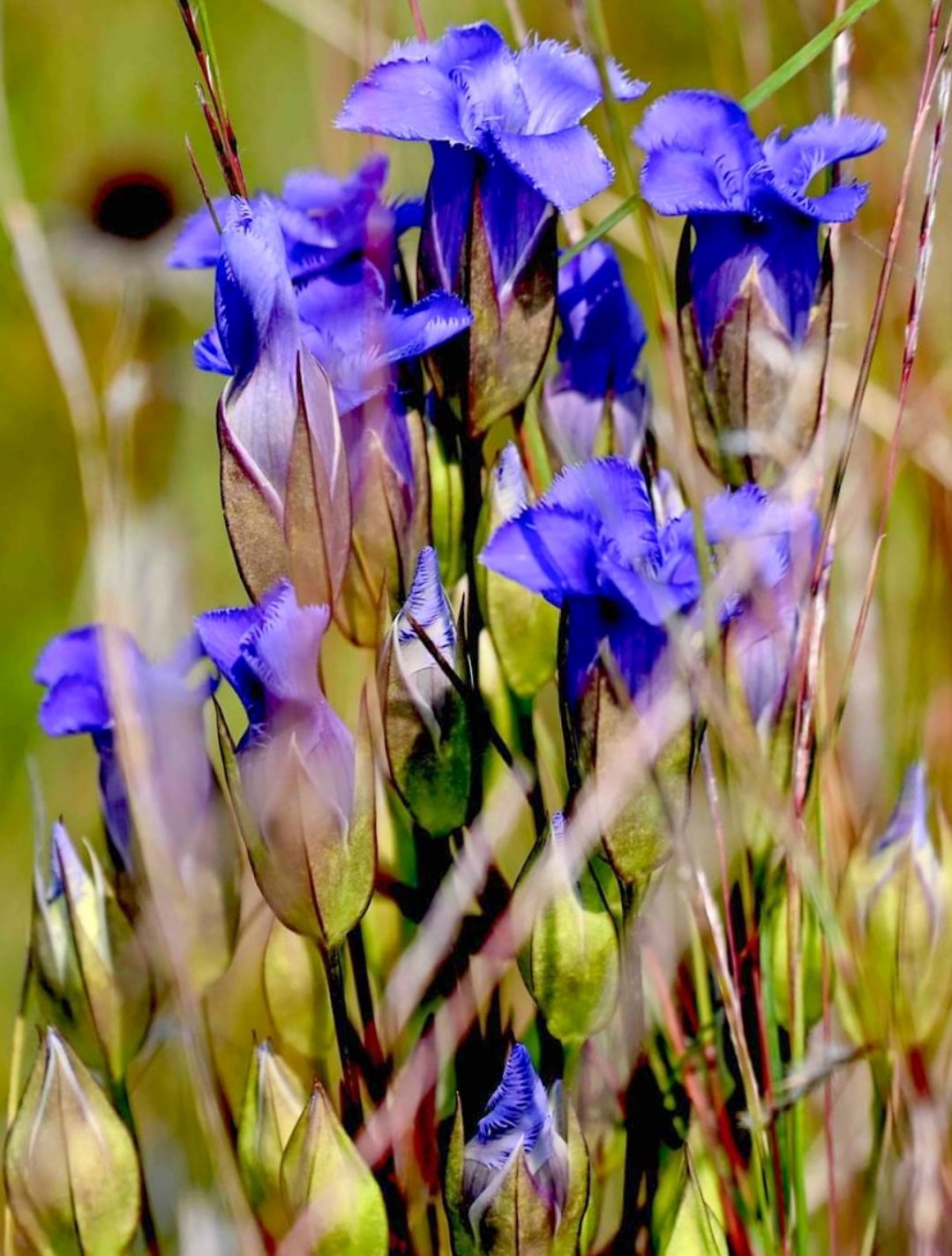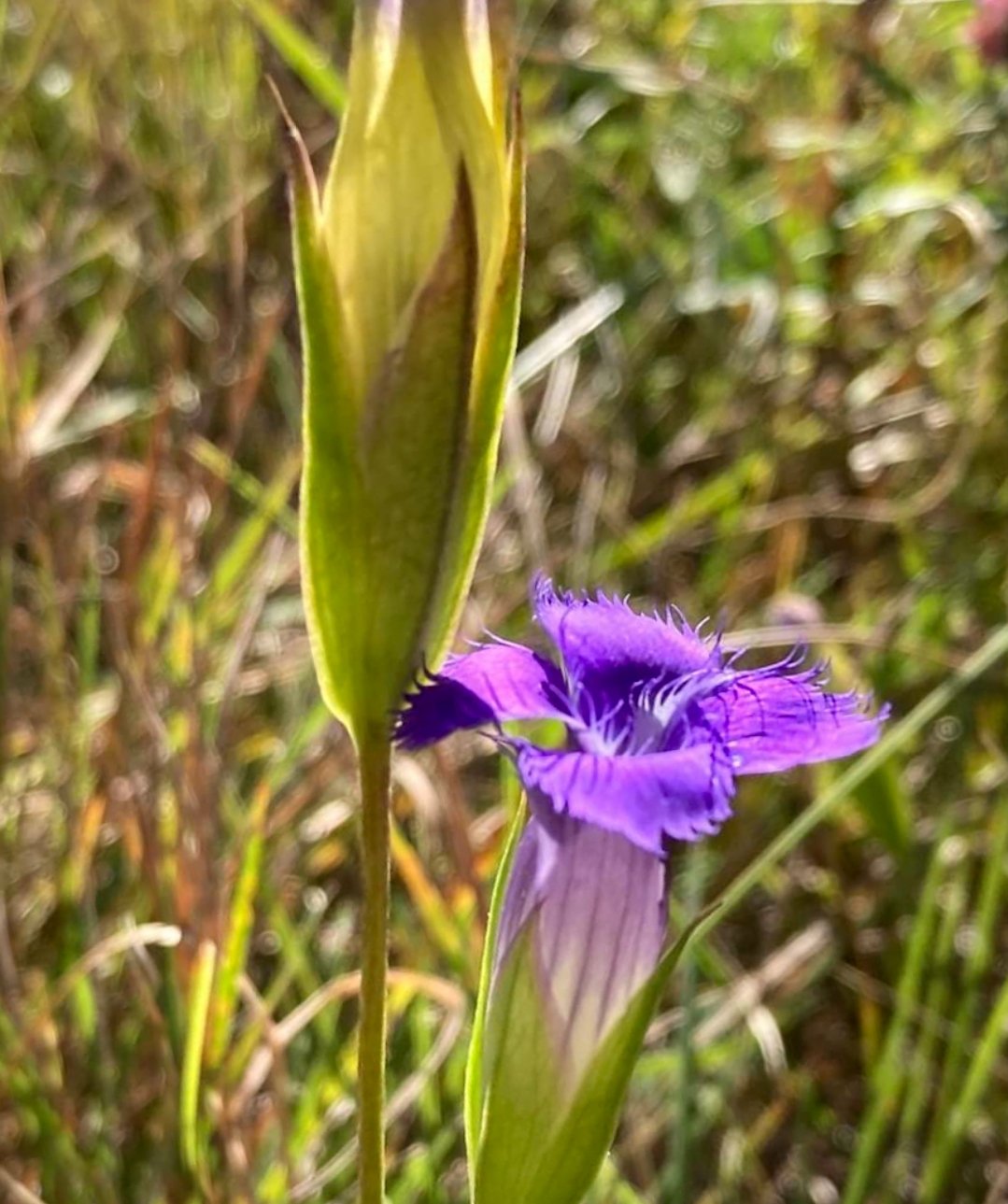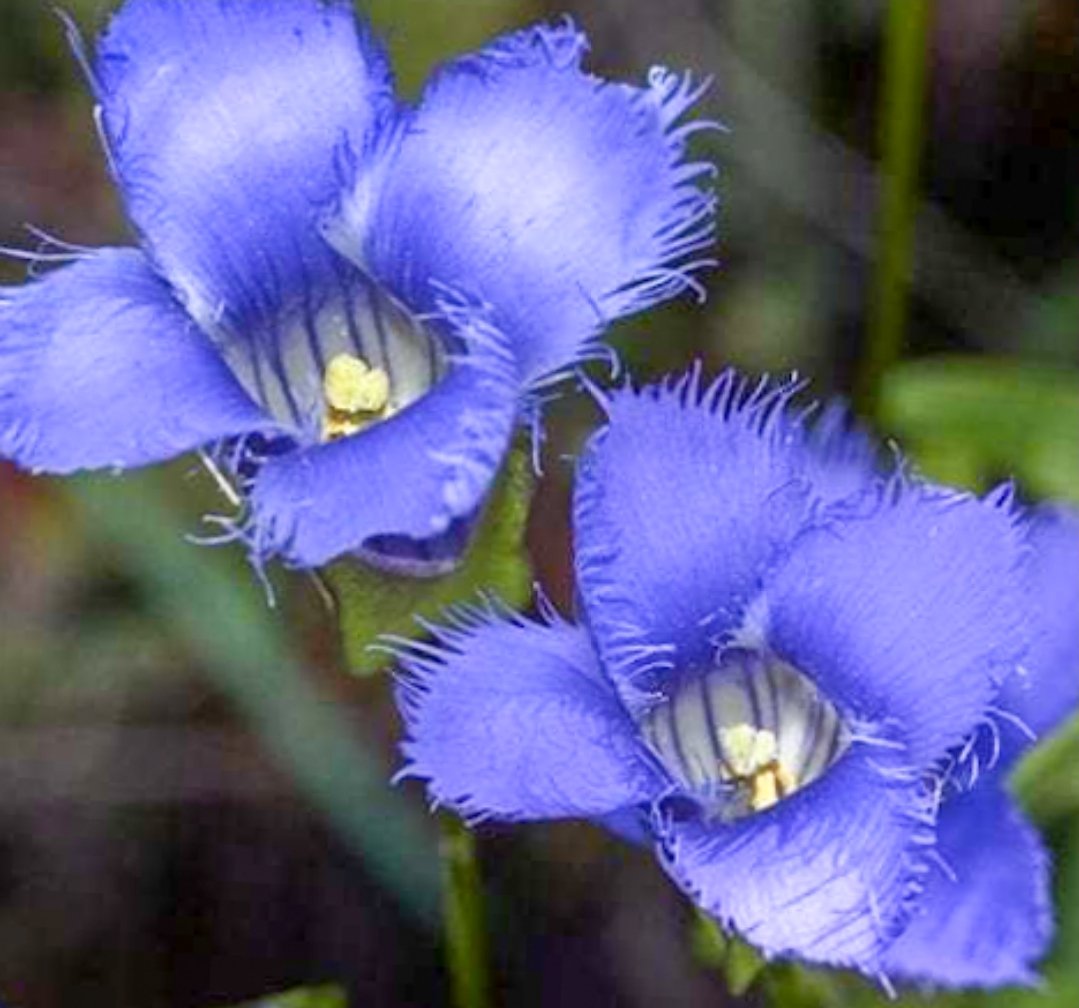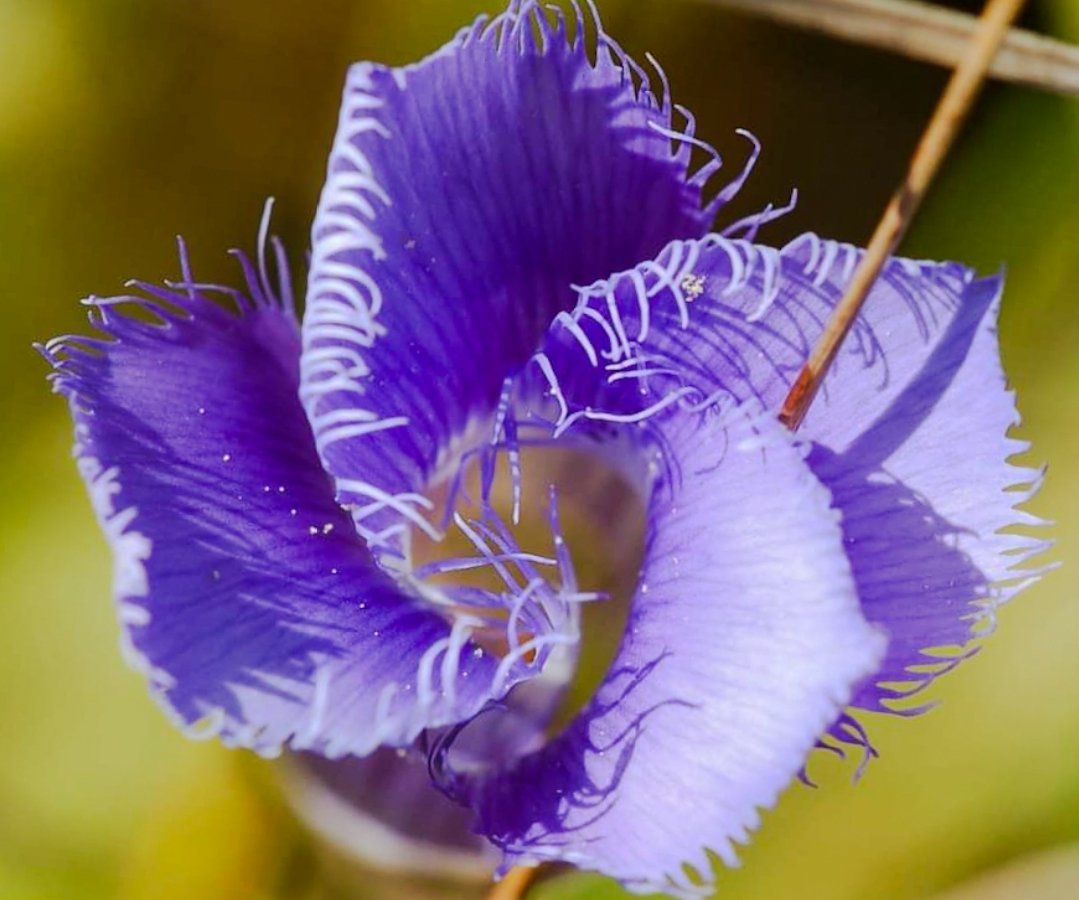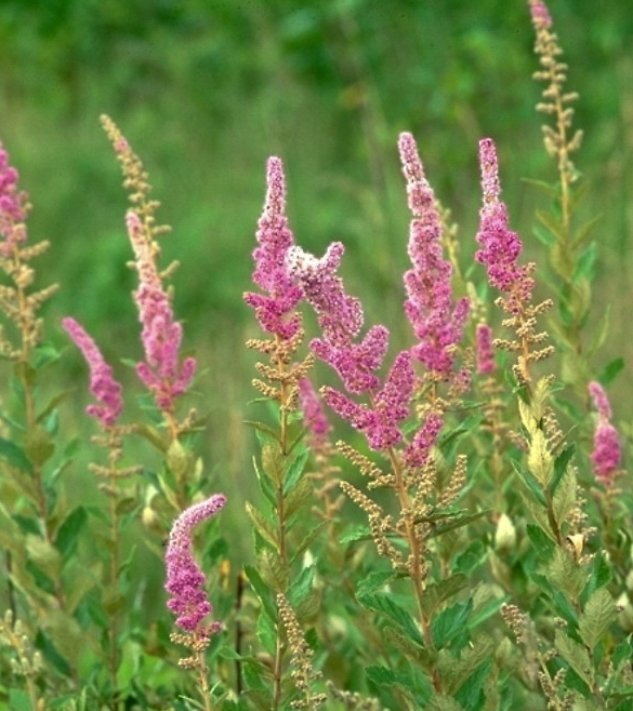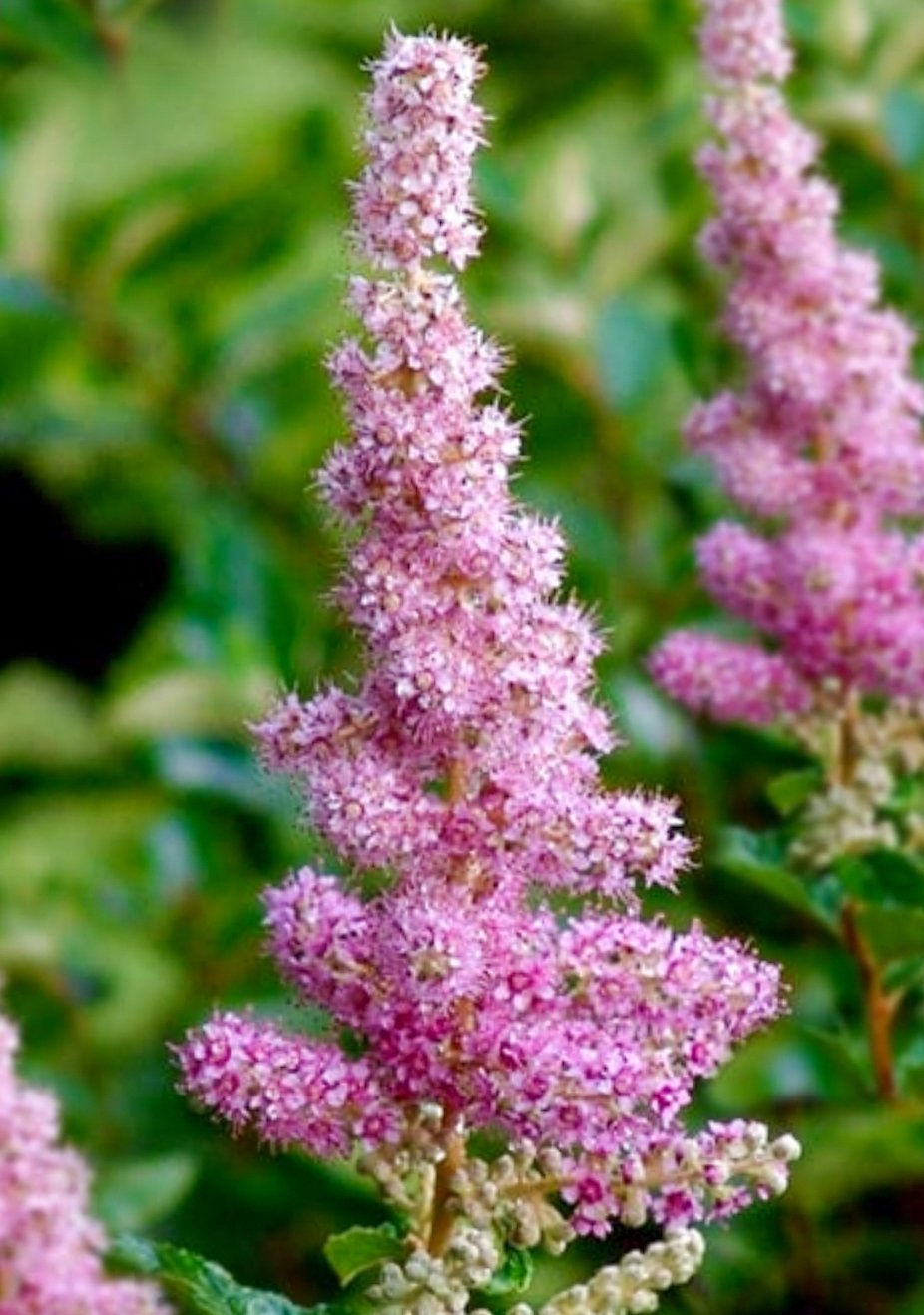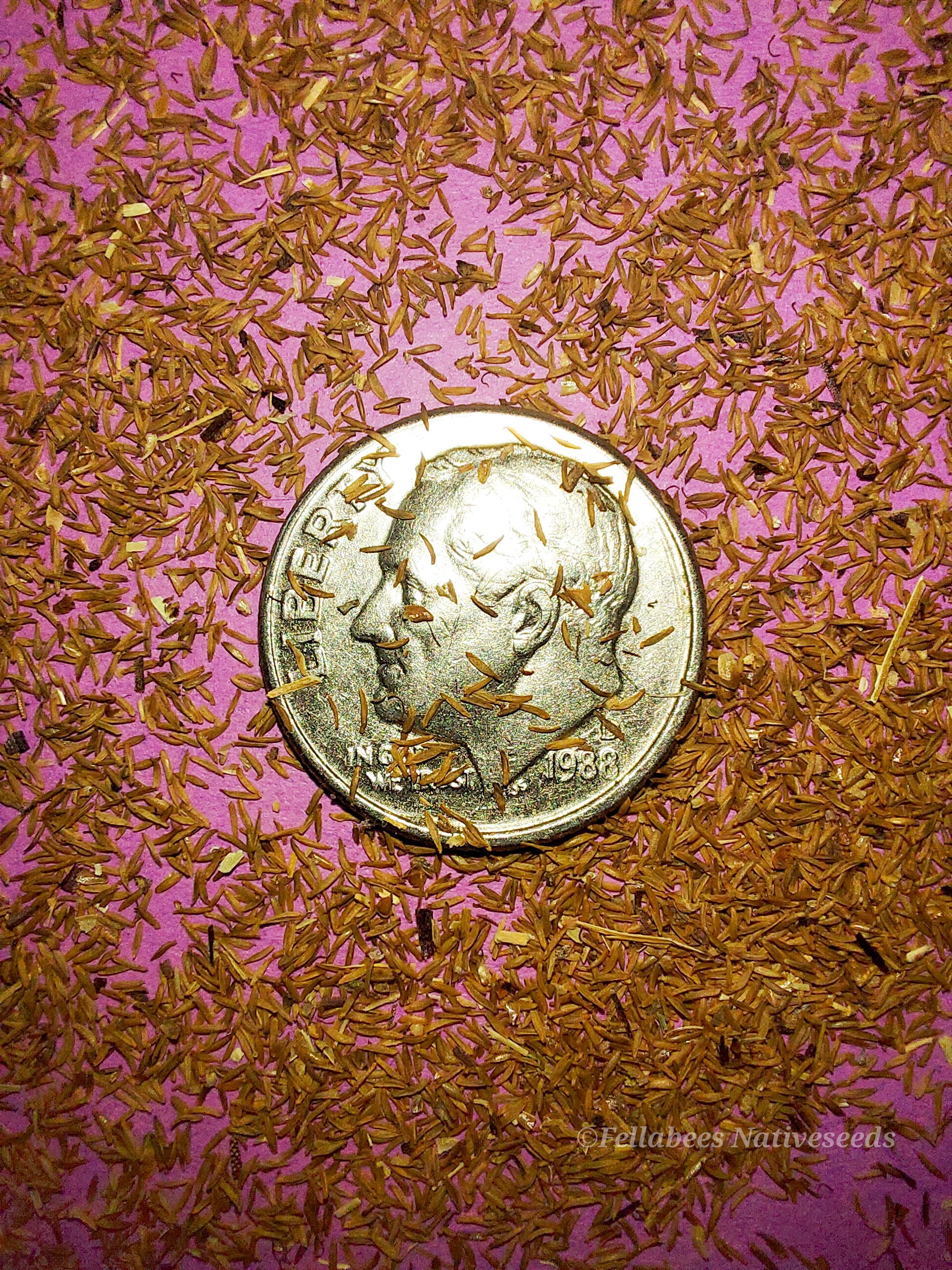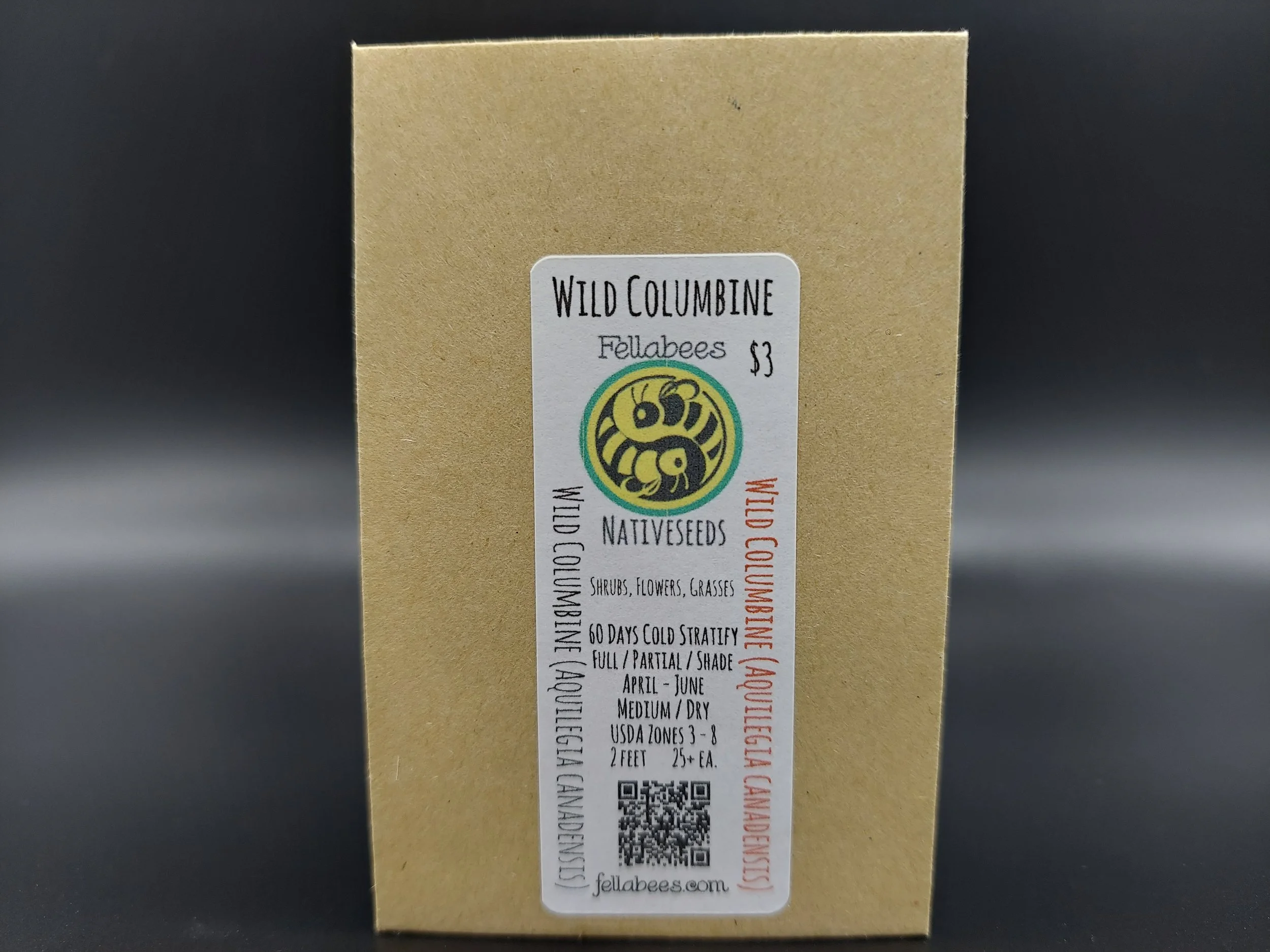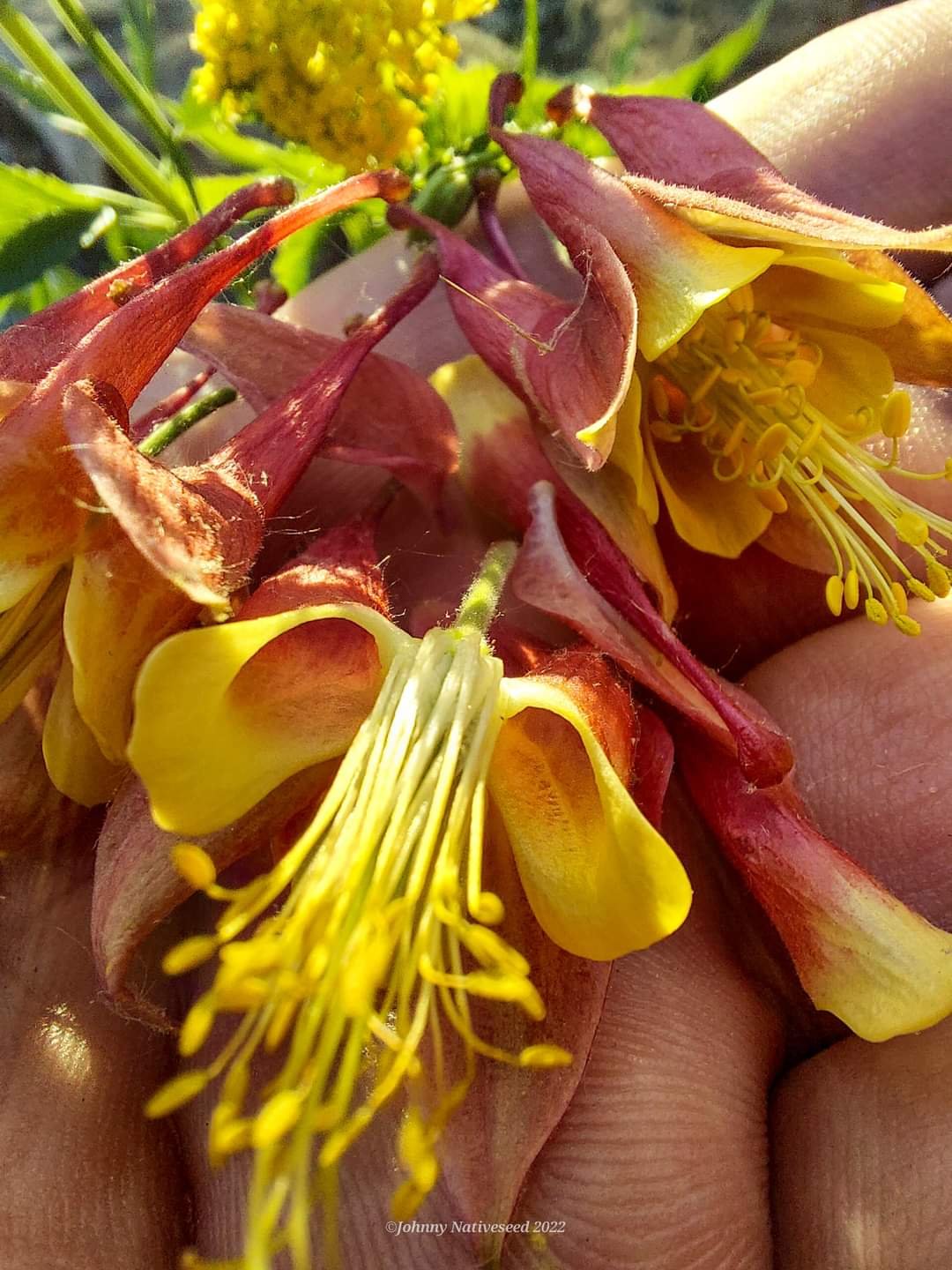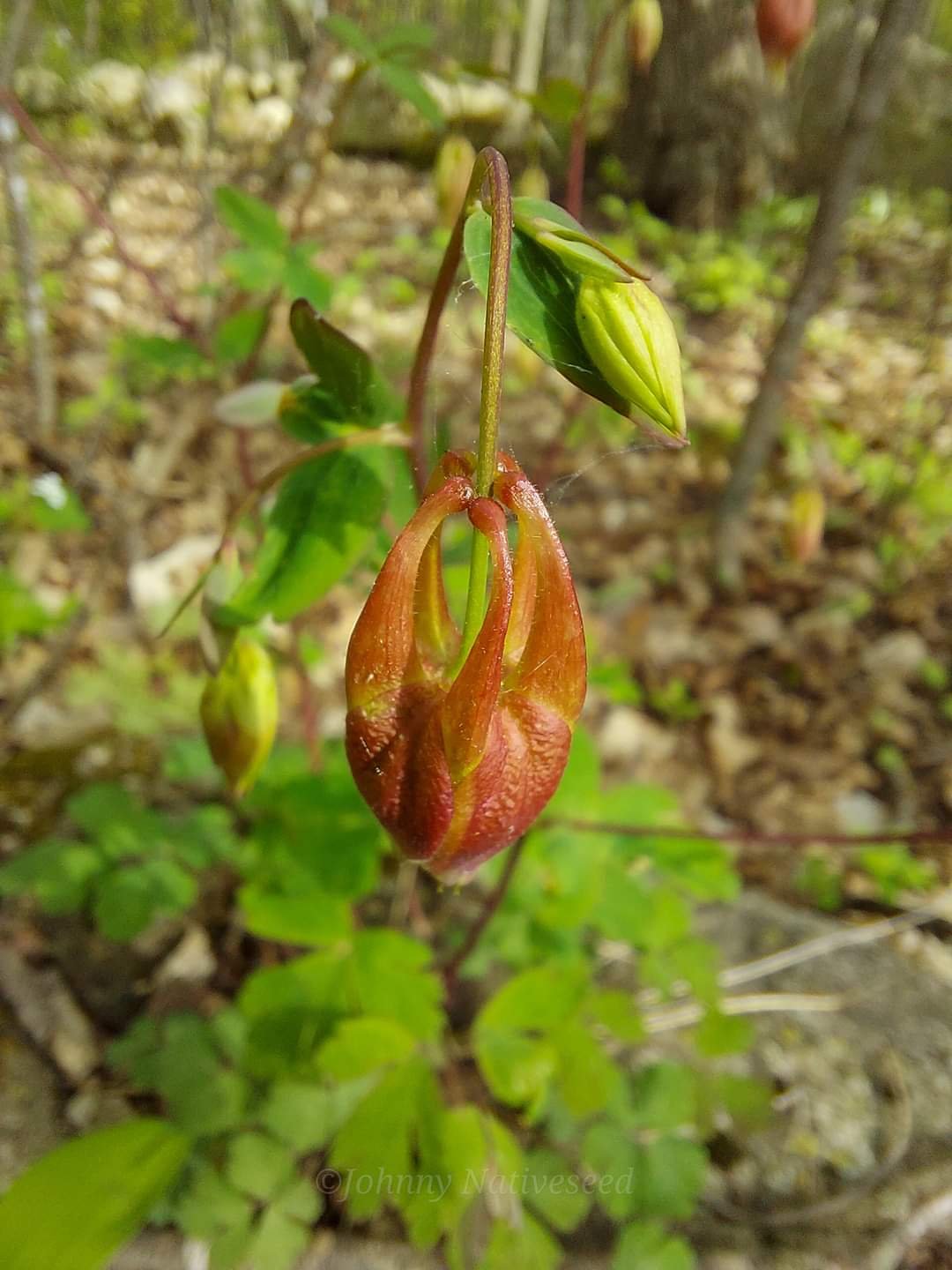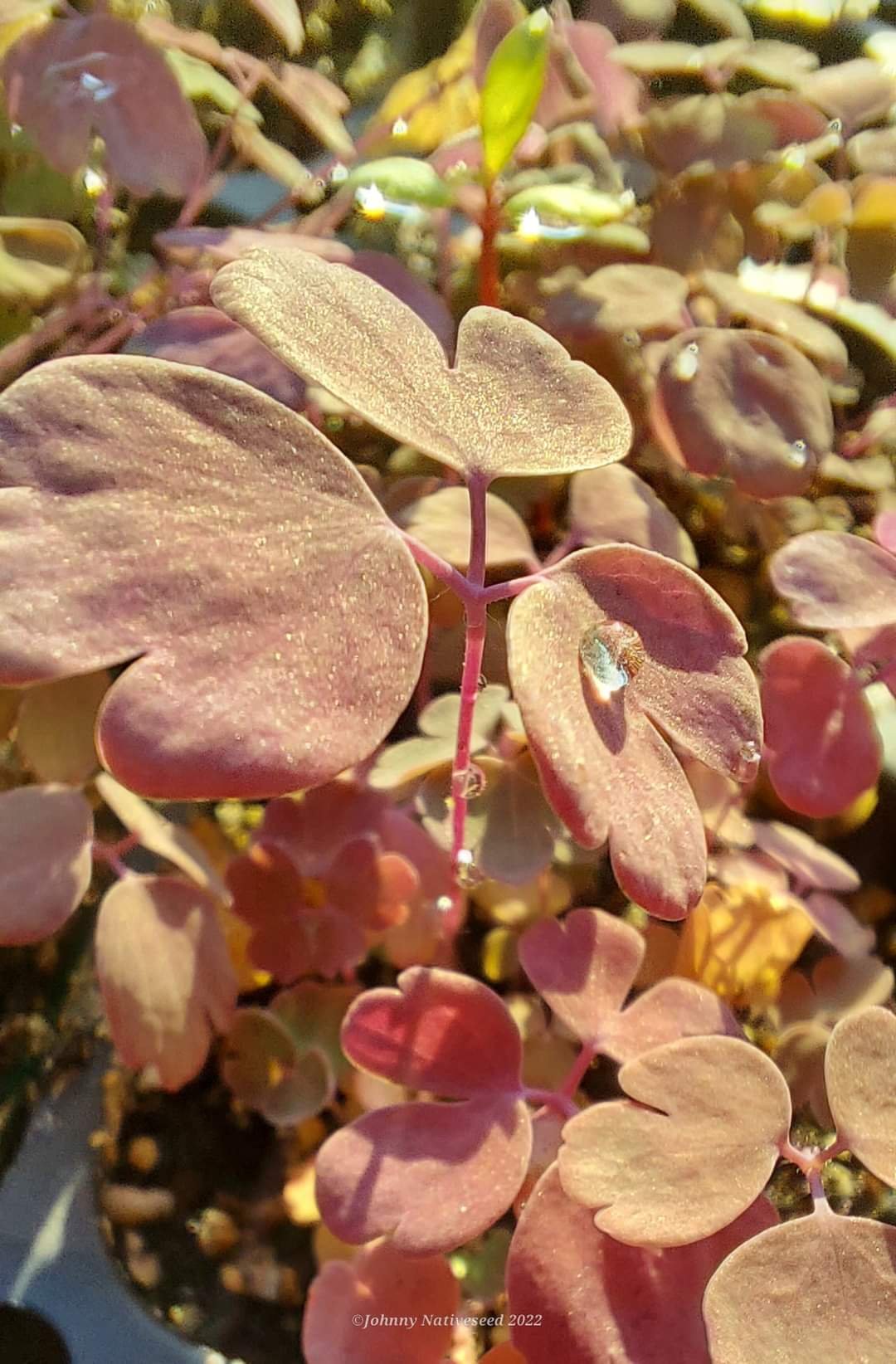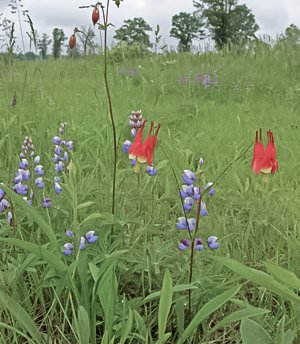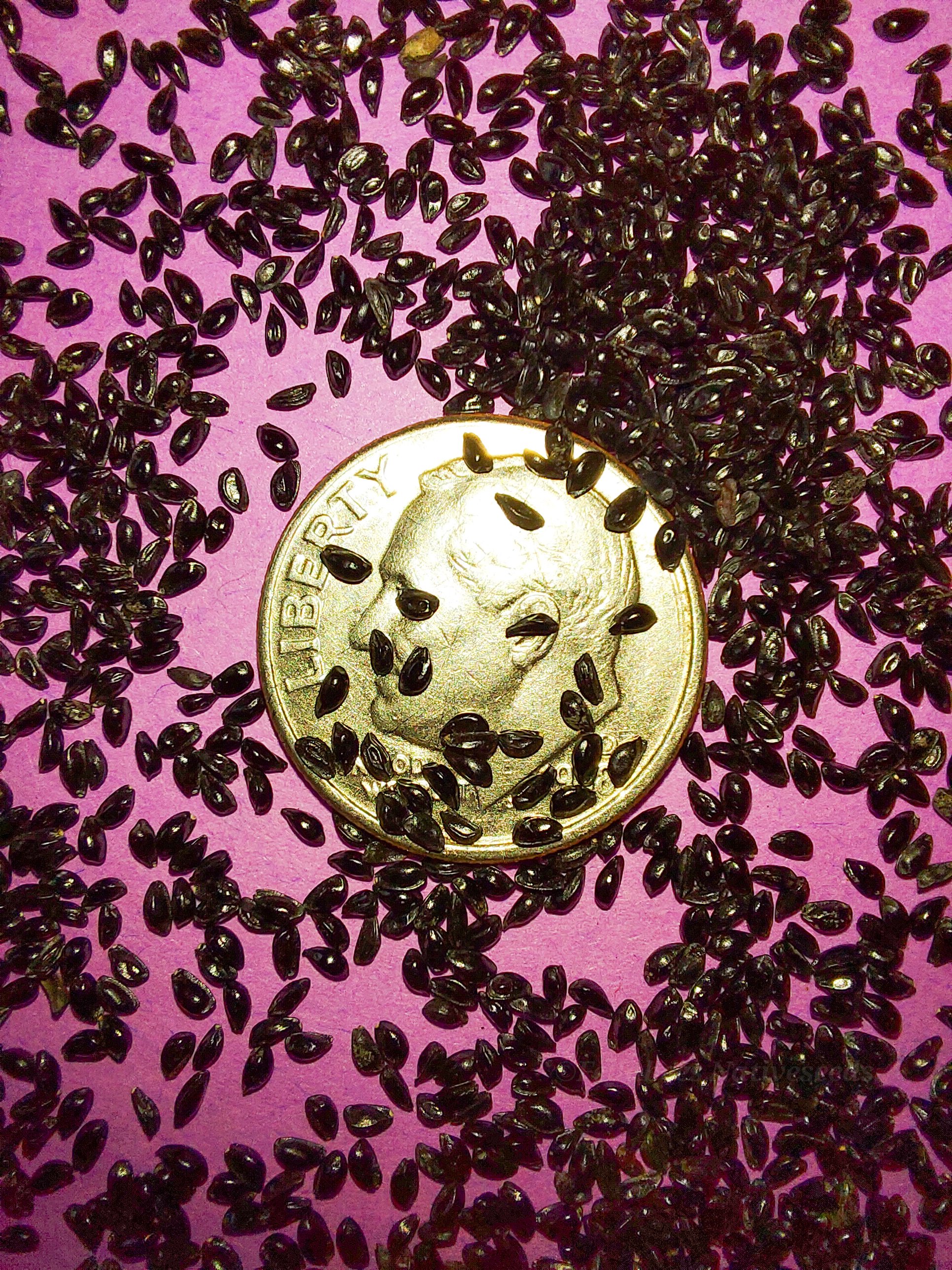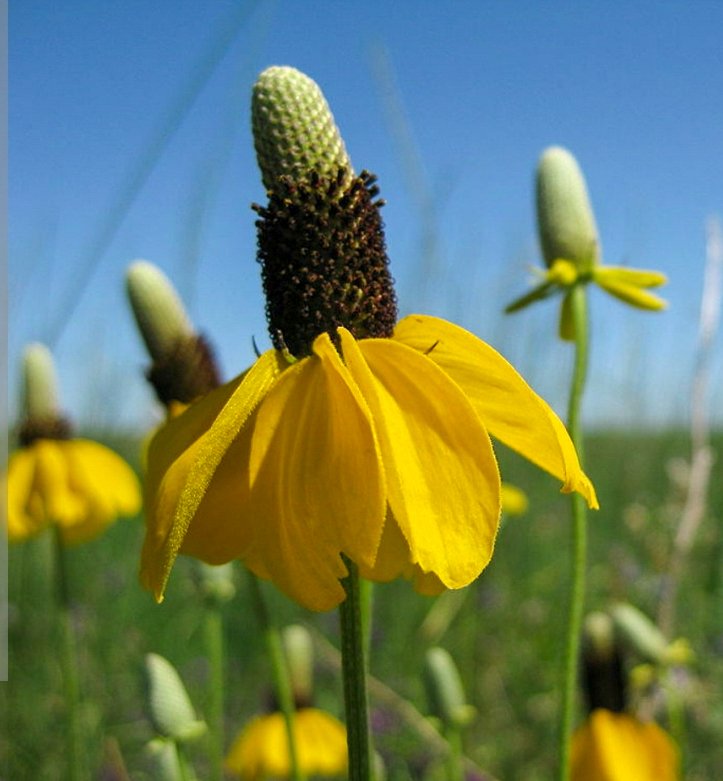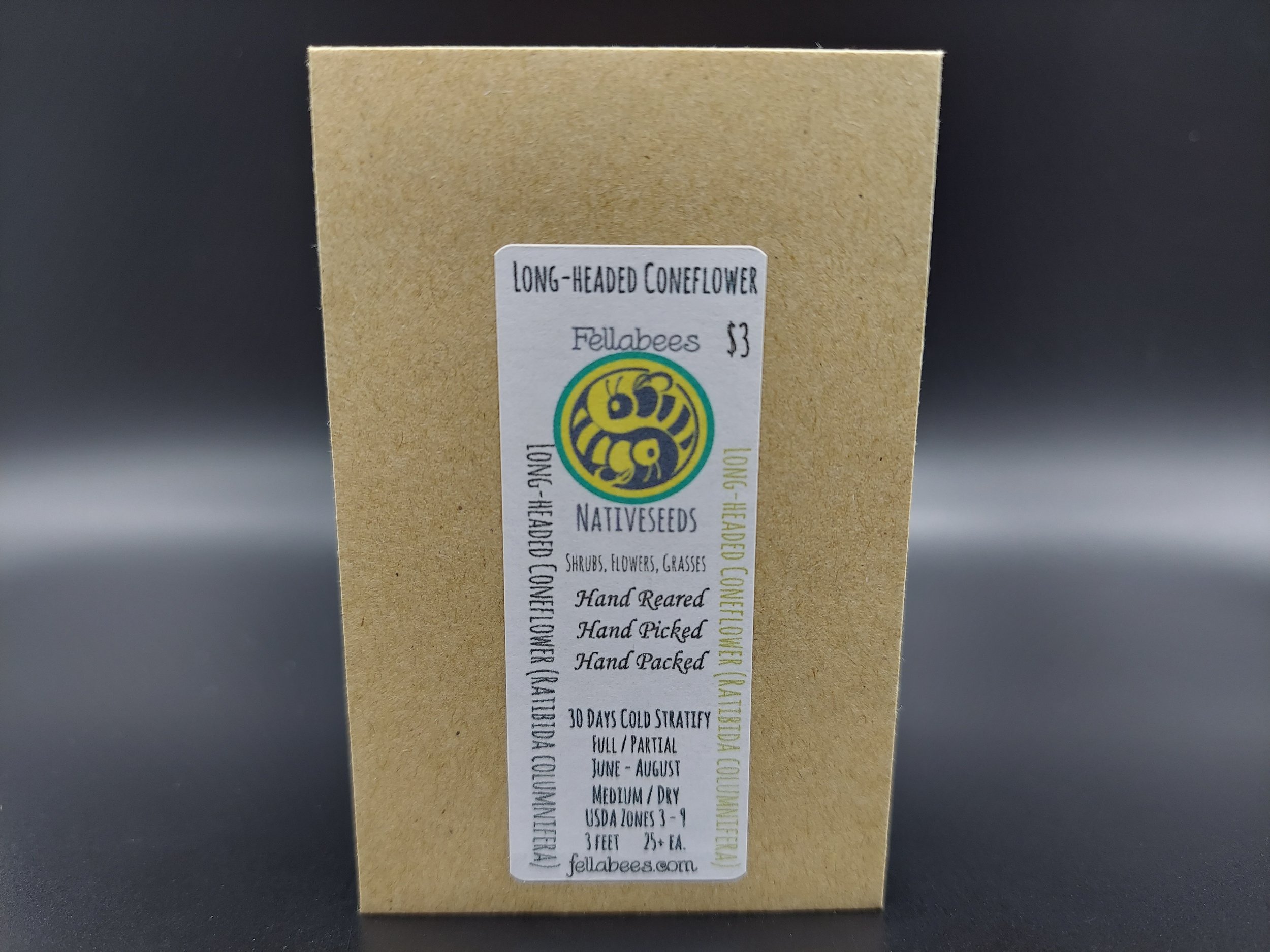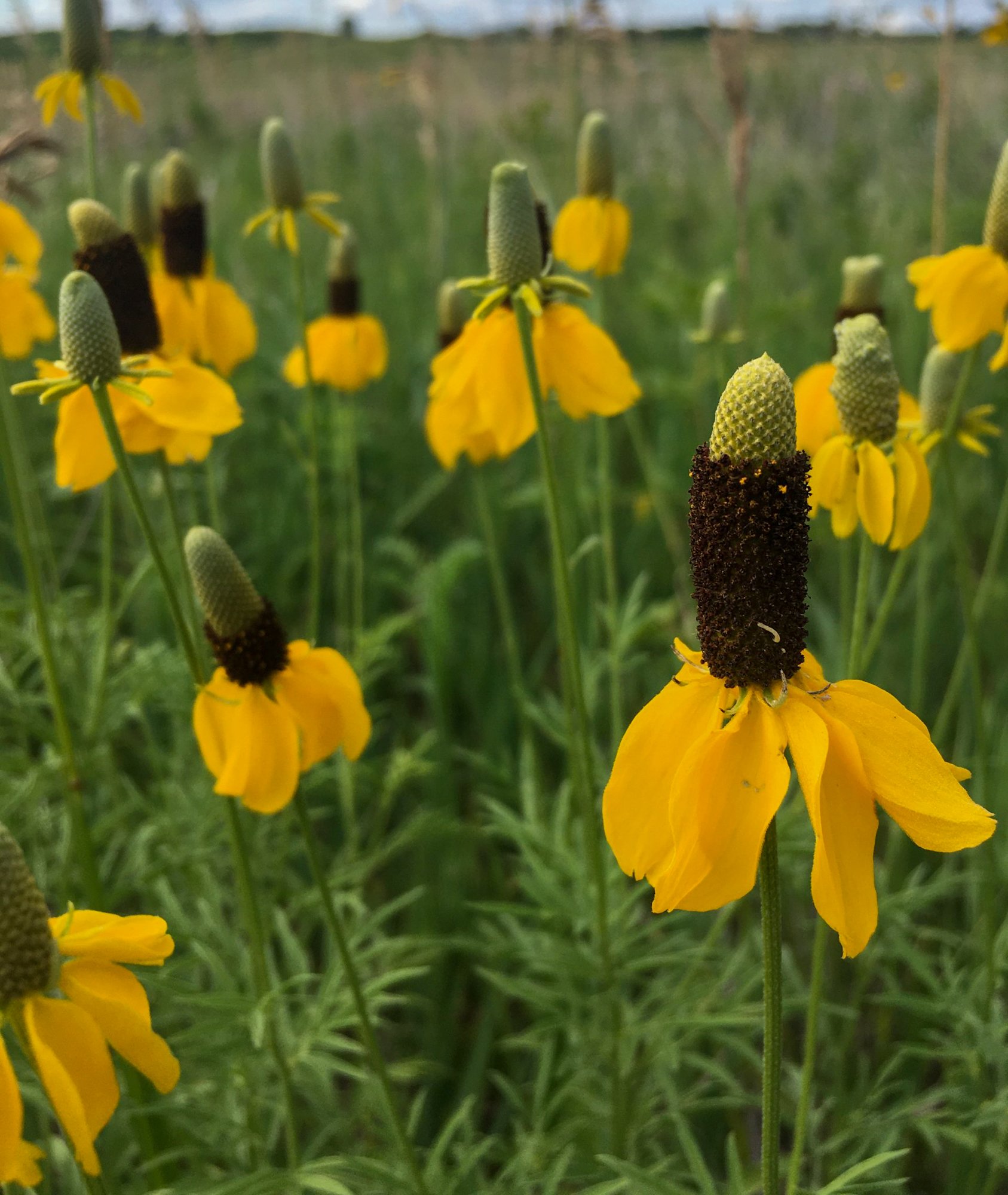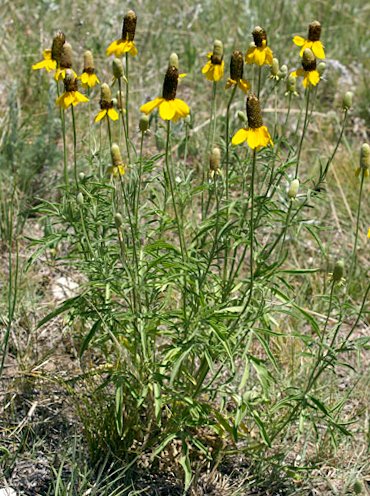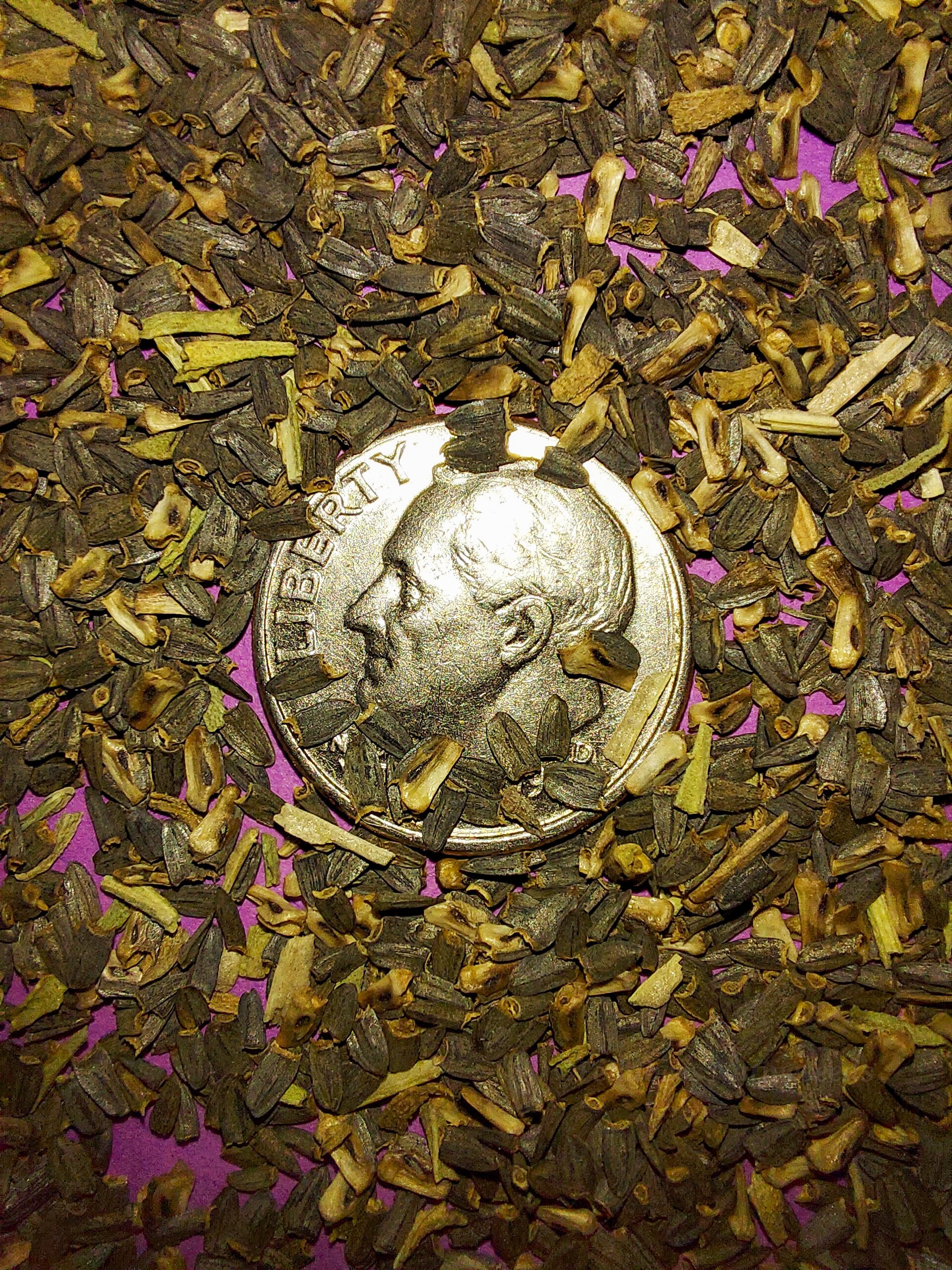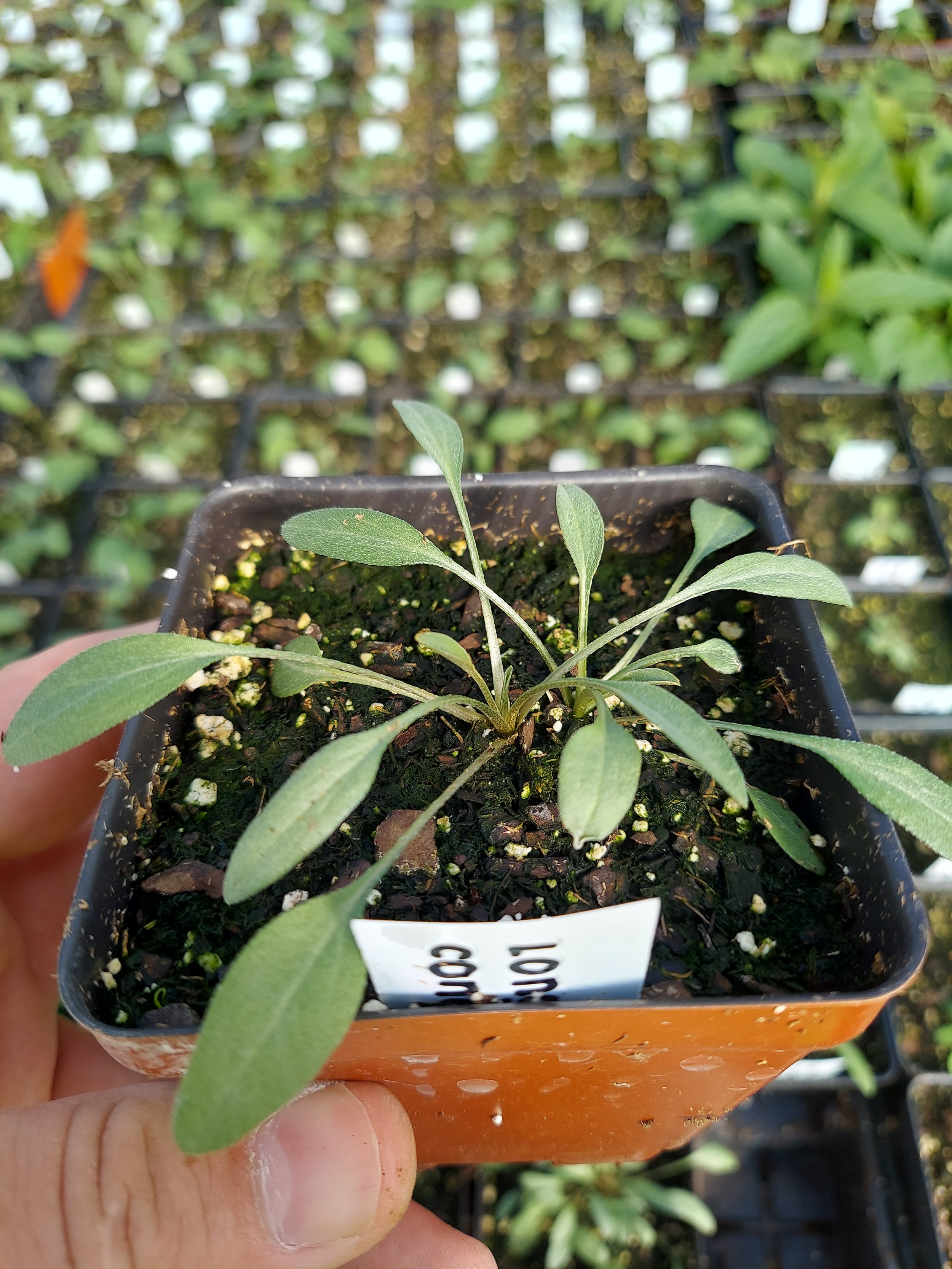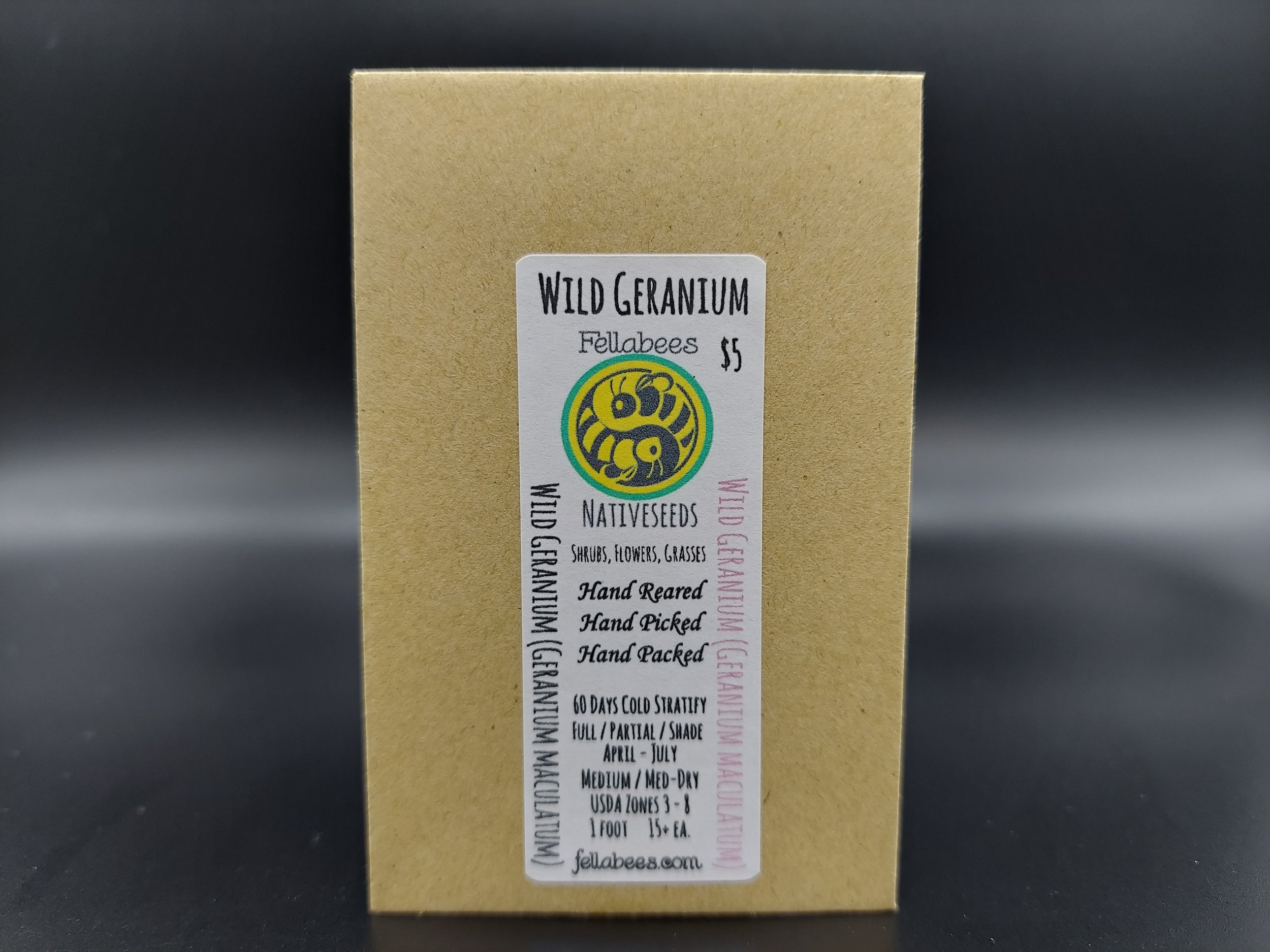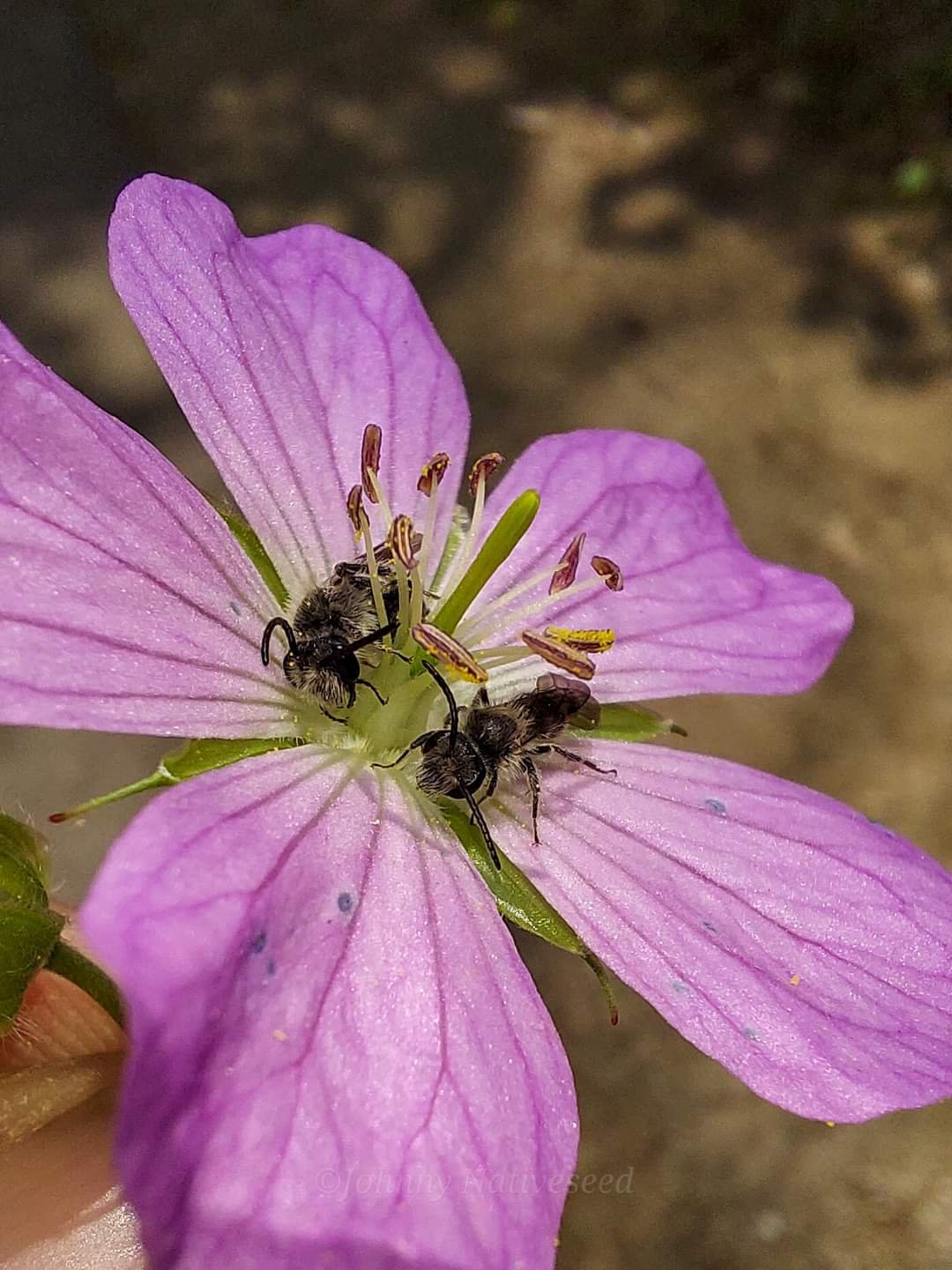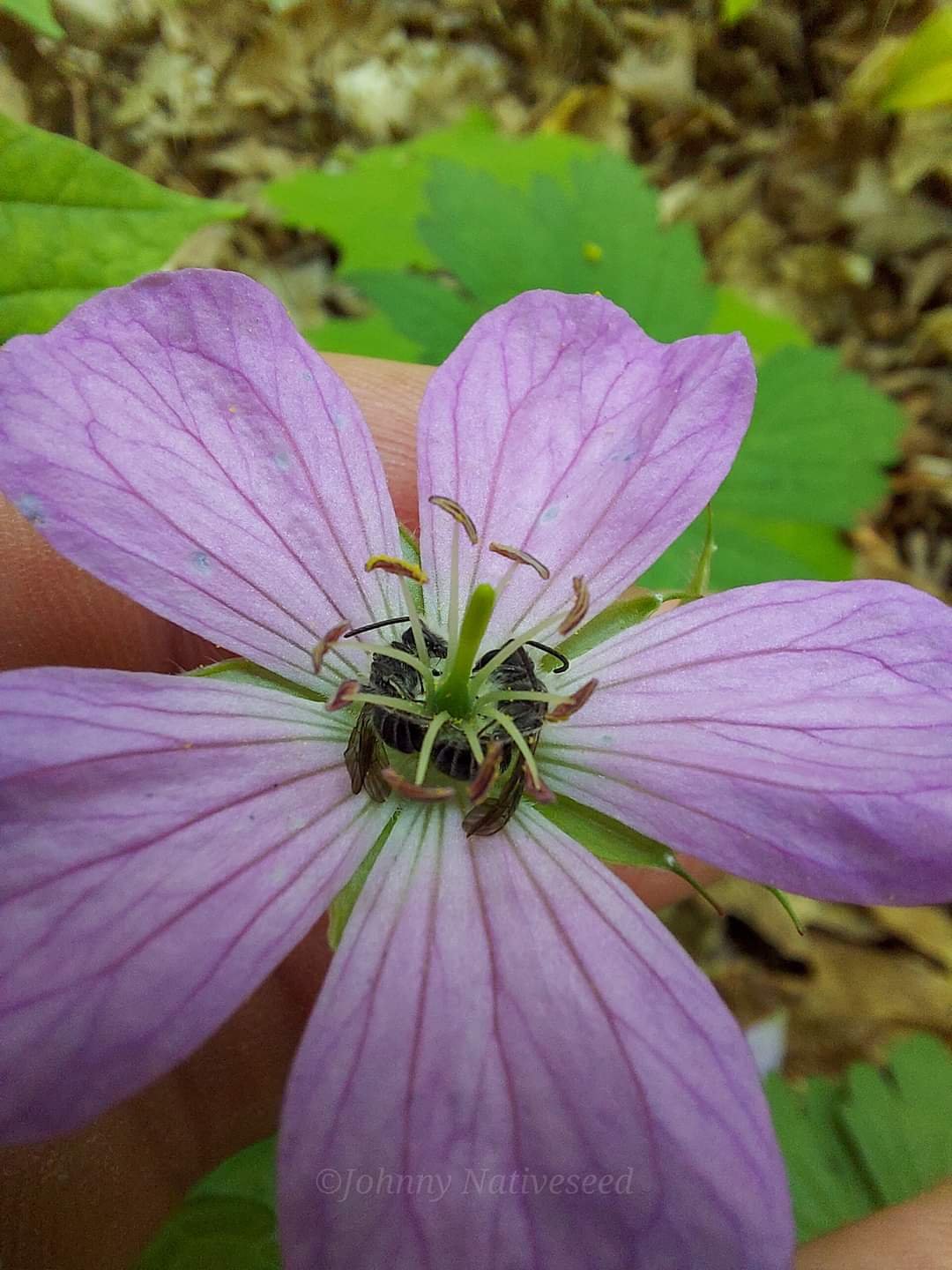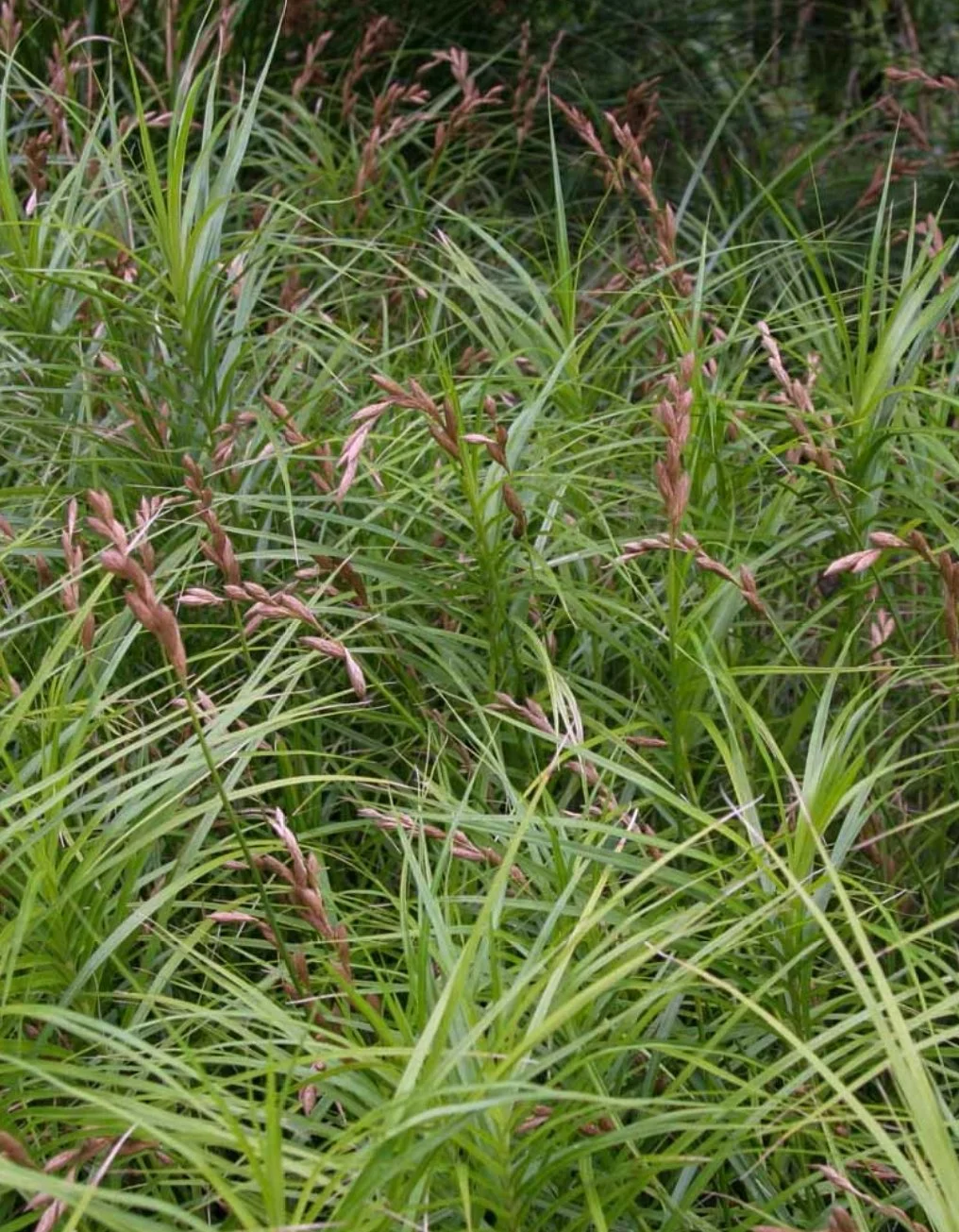 Image 1 of 7
Image 1 of 7

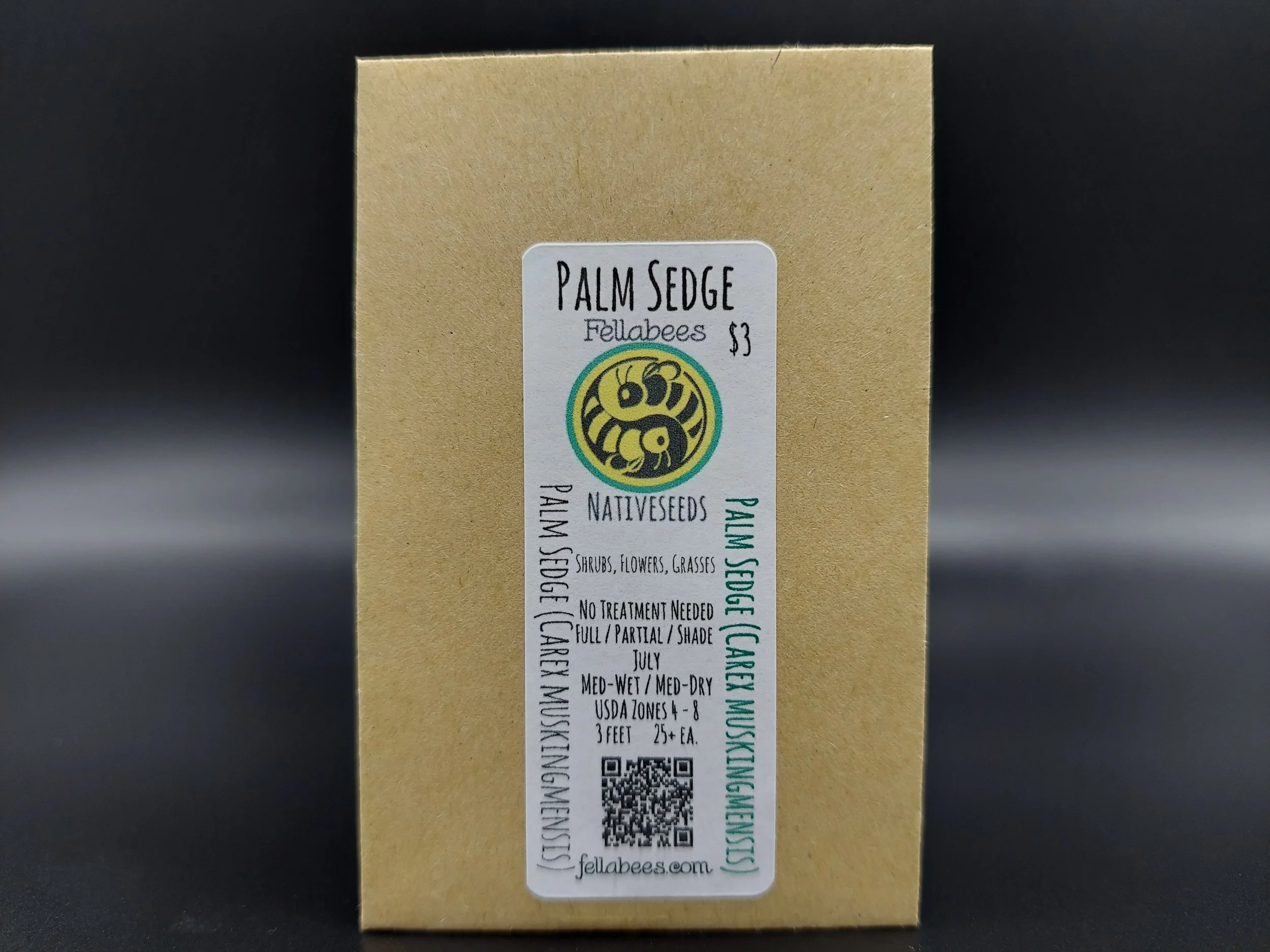 Image 2 of 7
Image 2 of 7

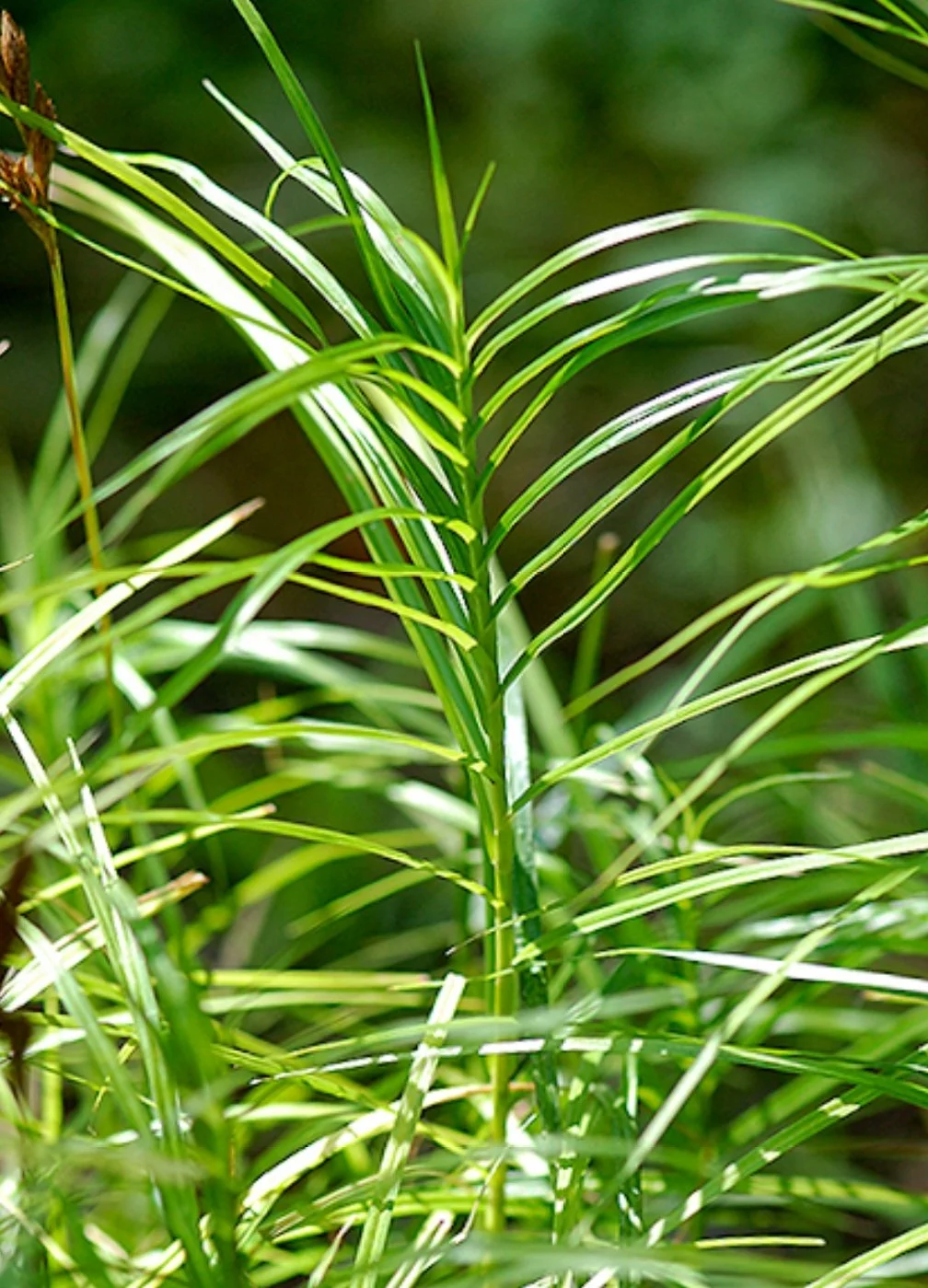 Image 3 of 7
Image 3 of 7

 Image 4 of 7
Image 4 of 7

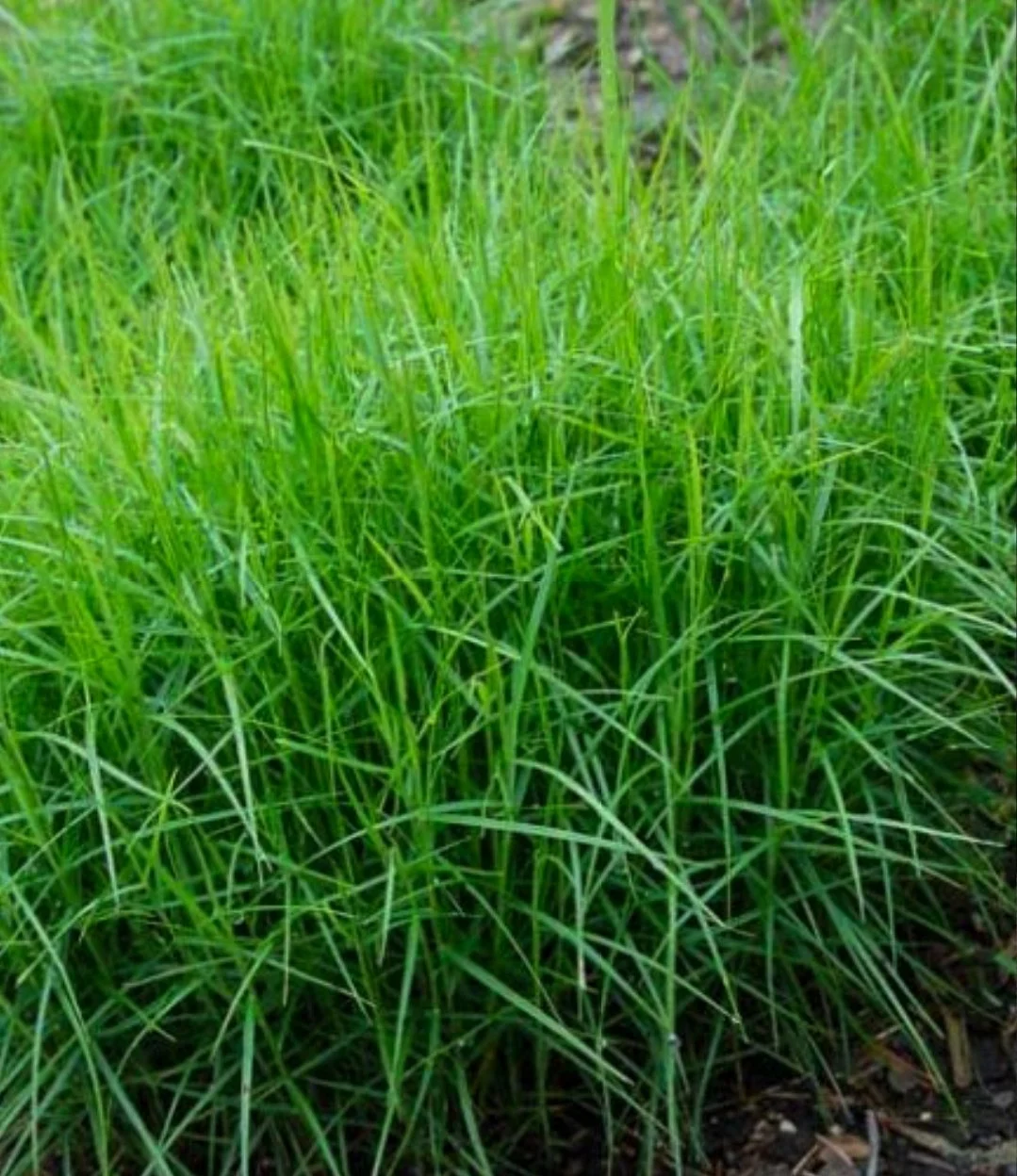 Image 5 of 7
Image 5 of 7

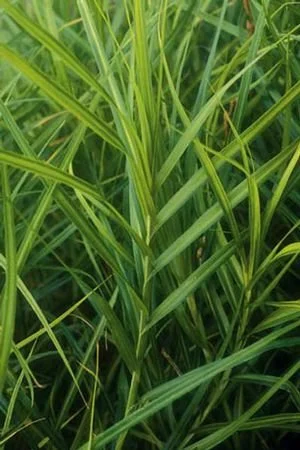 Image 6 of 7
Image 6 of 7

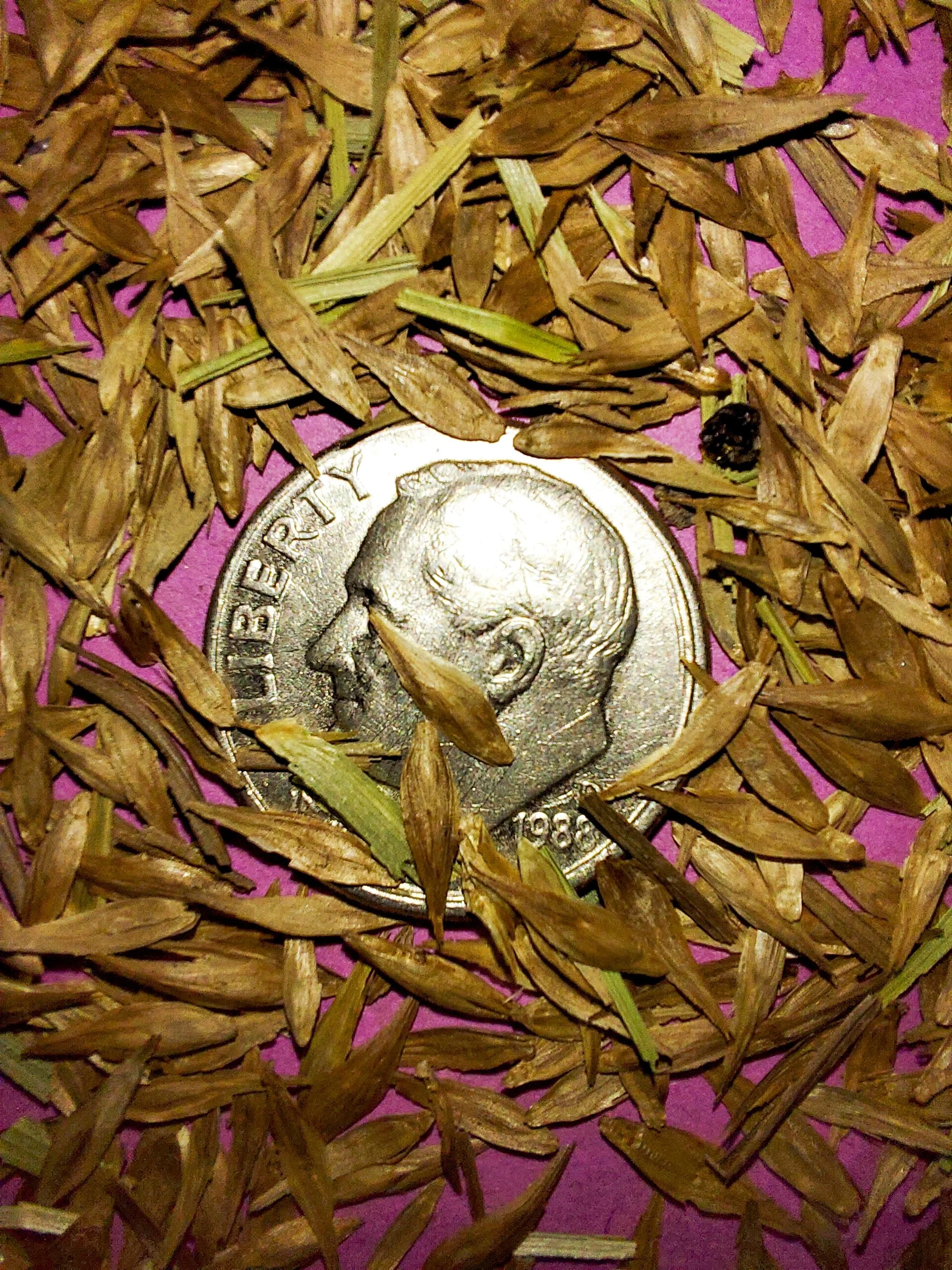 Image 7 of 7
Image 7 of 7








Palm Sedge (Carex muskingumensis)
Palm Sedge (Carex muskingumensis)
Carex muskingumensis is the scientific name for the species of sedge commonly known as Palm Sedge or Muskingum Sedge. This plant is native primarily to the Midwestern United States and is typically found in wet environments such as swamps, low woods, and sedge meadows. It is considered a fairly conservative species, usually growing in remnant wetlands and moist to medium meadows where the native vegetation remains largely undisturbed by human activities or development. Palm Sedge is a host plant for several Satyr Butterfly larvae
Carex muskingumensis has attractive, palm-like leaves that add texture and interest to gardens and landscapes. It provides important habitat and shelter for local wildlife like waterfowl, songbirds, and small animals. Its strong roots help stop soil erosion, especially in wet areas. The plant needs little care, making it a popular and easy ground cover for homes and natural gardens. Its seeds and thick leaves also supply food and shelter for many insects and birds all year. Overall, it’s prized for its beauty, ecological value, and easy growth.
Plant Details:
USDA Zones: 4-8
Germination Needs: No Treatment Needed
Life Cycle: Perennial
Sun Exposure: Full to Partial
Soil Moisture: Full, Partial, Shade
Plant Spacing: 1-2 feet
Height: 3 feet
Bloom time: July
Bloom Color: Green
Advantages:
Pollinator Favorite: butterflies, moths.
Bird Favorite: seeds, insects, fruit, nectar, nesting, perches.
Deer Resistant: Yes
Native to: Wisconsin, Minnesota, Iowa, Illinois, Indiana, Michigan, Ohio, Kentucky, Tennessee, Arkansas, Missouri, Oklahoma, and Kansas.
This species is considered present but rare in several counties of the states of Minnesota, Tennessee, Arkansas, and Kansas.
Seed Count:
.
.
Packet quantities:
We pride ourselves on ethical, hands on, ecological management, using no mechanical or chemical methods whatsoever.
All of our native seed is hand reared, hand-picked, and hand packed from native prairies under our exclusive management, never breaking chain of custody from the field until it is sent to you. Each packet is hand prepared for shipment by us, directly.
Small seed species will contain greater than 20-25 seed
Large seed species will contain greater than 10-15 seed
All packets are individually marked at the bottom of the front label with expected count, however most if not all packets will have many more than the minimum count by default.
It is our mission to spread the wealth of native plant and pollinator ecological sustainability and educate back yard gardeners as well as corporate and government entities in how to germinate, grow, and benefit from native synergies.
Thank you for your support, it is because of you, that we can grow together to do, what we do. 🐛🦋🐝🐞🌾🌱🌼🧡
Palm Sedge (Carex muskingumensis)
Carex muskingumensis is the scientific name for the species of sedge commonly known as Palm Sedge or Muskingum Sedge. This plant is native primarily to the Midwestern United States and is typically found in wet environments such as swamps, low woods, and sedge meadows. It is considered a fairly conservative species, usually growing in remnant wetlands and moist to medium meadows where the native vegetation remains largely undisturbed by human activities or development. Palm Sedge is a host plant for several Satyr Butterfly larvae
Carex muskingumensis has attractive, palm-like leaves that add texture and interest to gardens and landscapes. It provides important habitat and shelter for local wildlife like waterfowl, songbirds, and small animals. Its strong roots help stop soil erosion, especially in wet areas. The plant needs little care, making it a popular and easy ground cover for homes and natural gardens. Its seeds and thick leaves also supply food and shelter for many insects and birds all year. Overall, it’s prized for its beauty, ecological value, and easy growth.
Plant Details:
USDA Zones: 4-8
Germination Needs: No Treatment Needed
Life Cycle: Perennial
Sun Exposure: Full to Partial
Soil Moisture: Full, Partial, Shade
Plant Spacing: 1-2 feet
Height: 3 feet
Bloom time: July
Bloom Color: Green
Advantages:
Pollinator Favorite: butterflies, moths.
Bird Favorite: seeds, insects, fruit, nectar, nesting, perches.
Deer Resistant: Yes
Native to: Wisconsin, Minnesota, Iowa, Illinois, Indiana, Michigan, Ohio, Kentucky, Tennessee, Arkansas, Missouri, Oklahoma, and Kansas.
This species is considered present but rare in several counties of the states of Minnesota, Tennessee, Arkansas, and Kansas.
Seed Count:
.
.
Packet quantities:
We pride ourselves on ethical, hands on, ecological management, using no mechanical or chemical methods whatsoever.
All of our native seed is hand reared, hand-picked, and hand packed from native prairies under our exclusive management, never breaking chain of custody from the field until it is sent to you. Each packet is hand prepared for shipment by us, directly.
Small seed species will contain greater than 20-25 seed
Large seed species will contain greater than 10-15 seed
All packets are individually marked at the bottom of the front label with expected count, however most if not all packets will have many more than the minimum count by default.
It is our mission to spread the wealth of native plant and pollinator ecological sustainability and educate back yard gardeners as well as corporate and government entities in how to germinate, grow, and benefit from native synergies.
Thank you for your support, it is because of you, that we can grow together to do, what we do. 🐛🦋🐝🐞🌾🌱🌼🧡
